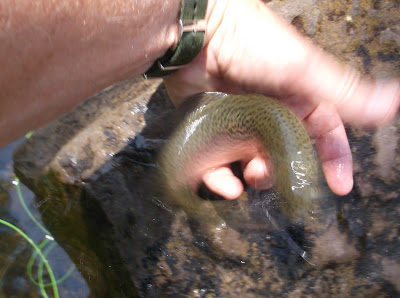Another pastime of mine is
watching good documentaries from the History and National Geographic channels.
A few of my favorites are:
The Civil War ---150th
Edition----The documentary traces the causes, courses as well as the major events and
personalities of the American Civil War. Between 1861 and 1865, this epic
American story of struggle and survival was written in blood, and in this
series is told mostly from first-hand accounts and in the spoken words of the
participants themselves, through their diaries, letters, and memoirs. The
series concludes with Lee's surrender at Appomattox Court Sherman North Carolina
Trail of Tears---President Andrew Jackson enacted the Indian Removal Act which forced
the Cherokee Nation to leave their homeland and relocate into unchartered
territory. Many of these forced settlers suffered from exposure, disease and
starvation and upon arriving in Indian Territory , they arrived with no past and no
future.
First Landing---The Voyage
from England Jamestown
First Landing
unearths the untold story of Robert Hunt's incredible sacrifice as expedition
chaplain of the Virginia Company's awe-inspiring voyage to the New World - a
groundbreaking trip that would result in America's first permanent English
settlement in Jamestown, Virginia. The story follows Hunt's struggle to leave
his young family in order to make the arduous journey by sea in 1606. While
most men looked to their own needs, Hunt brought much-needed unity to the frail
outpost on the James River that would in time become the United States of America
The Oregon Trail Find out what it was like for the pioneers who made the daring
journey across the Rocky Mountains to settle the Oregon Territory Oregon Trail as they did across the plains, through the mountains and
into a brand new world.
As I get older I find
myself watching less and less commercial television. Programs that interest me
fifteen years ago or more just doesn’t whole my attention anymore.



















































